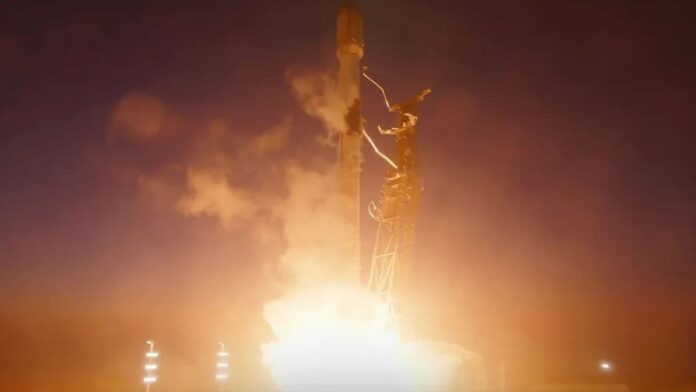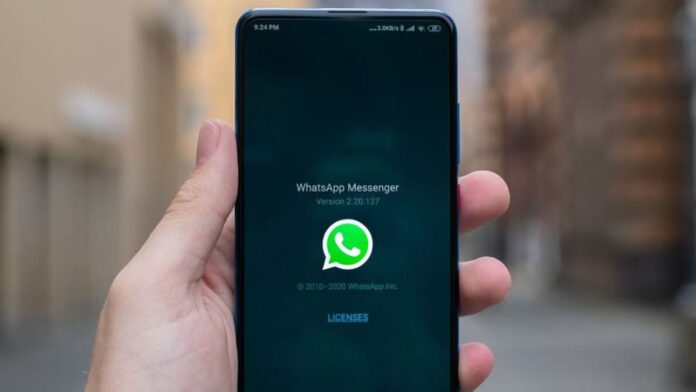SpaceX has launched 26 more Starlink satellites to the ever-growing constellation of internet relay stations in low Earth orbit. The flight took off at 8:36 p.m. PDT (11:36 p.m. EDT or 0336 GMT, June 17) on a Falcon 9 rocket from Space Launch Complex 4 East at Vandenberg Space Force Base. It was the third trip to space for the rocket booster and reflected the continued push of SpaceX to make space travel more affordable — and more recyclable. The satellites reached their initial orbit around eight and a half minutes after departure. The landing set the stage for precise deployment later in the mission.
SpaceX Booster Lands After Launching 26 Starlink Satellites, Expanding Global Internet Network
As per a mission update on SpaceX’s official website, the 15-9 Starlink group is expected to be deployed following a second burn of the Falcon 9 upper stage about an hour into the flight. Meanwhile, the rocket’s first stage—serial number B1093—executed a precise autonomous landing on the droneship Of Course I Still Love You stationed in the Pacific Ocean. This same booster previously flew in May, making this its third Starlink-related deployment.
The launch comes just days after a similar mission from Cape Canaveral, Florida, where SpaceX deployed the final batch of satellites for its first-generation direct-to-cell service. That June 13 mission (12-26) was a game-changer, providing elementary cell connectivity even in the planet’s most isolated areas. But the June 16 launch was not carrying direct-to-cell payloads; it was adding to the base of the primary Starlink internet constellation that already features more than 7,760 operational spacecraft.
SpaceX’s Starlink is its ambitious project to bring high-speed internet to practically the entire planet, with a focus on remote and underserved regions. The system continues to become bigger since Falcon 9 can be launched from both coasts of the US and is meant to be reused. As the constellation becomes denser, people all across the world will notice greater performance and reduced latency.
The launch on June 16 illustrates how dependable SpaceX’s orbital strategy is because it can quickly switch between missions and provide exact measurements for reusability. Starlink is nearing a point where it could provide service to the whole world, now that its network has topped 7,700 satellites. Other features may also be added to upcoming launches, including next-generation, direct-to-cell satellites that would make the service more valuable and easier to use.








